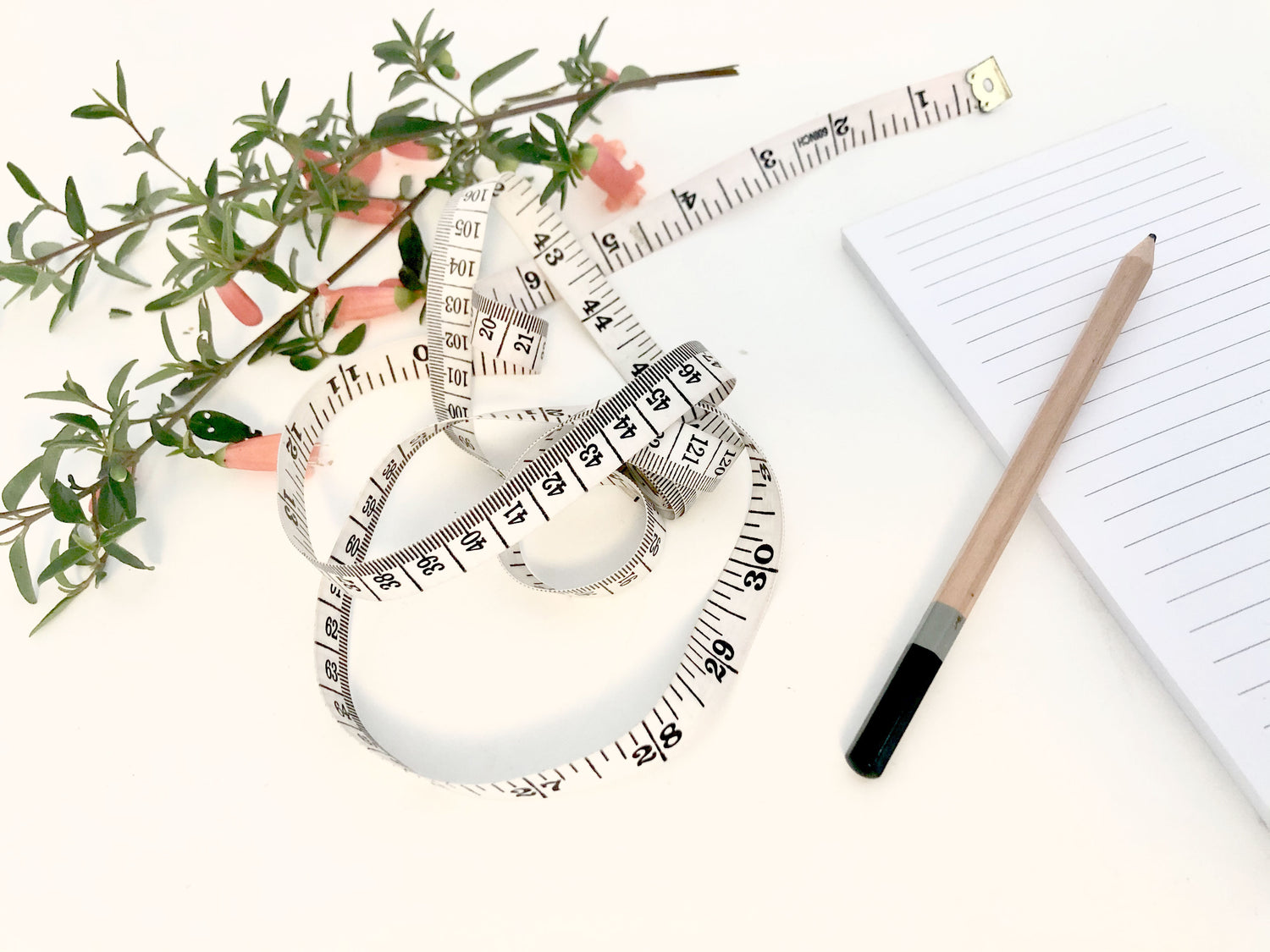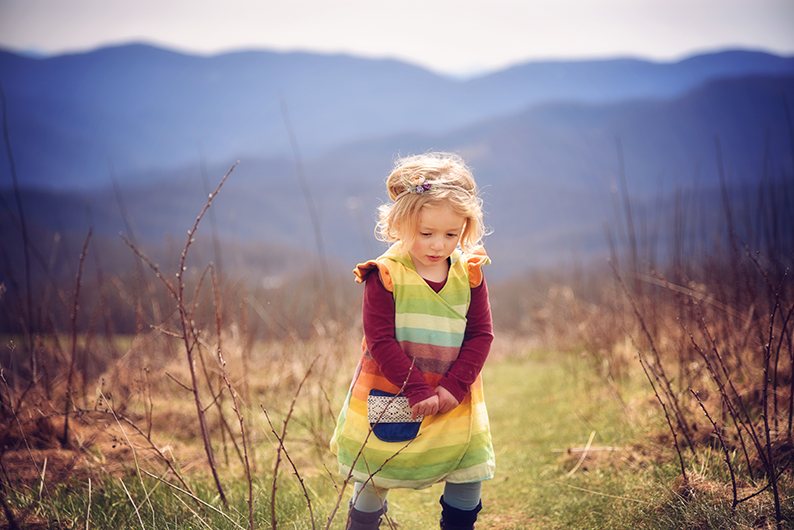Throughout this sew-along, we will be making a pair of Children’s Rainhaven Overalls from up-cycled tent fabric (which is like ripstop nylon), but will also refer to all of the patterns in the collection from time to time, so even if you are sewing Adult Rainhaven Overalls, Rainhaven pants or the Sou’wester Rain Hat, there will be something in this for you too.
As always, when you are sewing it is best to measure the person for whom you are sewing to ensure an accurate fit. The sizes in the patterns are based on ATSM standard charts and may not correspond to ready-to-wear sizes you purchase in stores, so please choose your size based on measurements.
For the Rainhaven Pants and the Rainhaven Overalls, you will need to take the height, waist and hip measurements of the person you are sewing for. The hip and height measurements are the most important as the waist of the garments are loose/elastic. But if your model’s waist is significantly larger than the hip for the size, you may need to blend sizes to get a good fit. Don’t worry, all of this is explained in the patterns, and if you get stuck, we can help in the Facebook chat groups.
My model is a 6 year old child with the following measurements: Height 123cm, Hip 64cm, Waist 64cm.

As you can see, my model doesn’t fall neatly into a single size. The pattern instructions suggest starting with the height. As he is half way between two heights, I could make either the 6 or the 7. The overalls have adjustable straps and plenty of room, and we don’t want them to be too big and make it difficult to play, so I will choose the size 6.
My model’s waist measurement is a couple of sizes bigger, and the temptation might be to try and blend for this, but if we look at the finished garment size chart, we can see that a size 6 will have plenty of room for his body.

Blending Sizes for a Custom Fit
We come in a wonderful variety of shapes and sizes. If you or your child’s measurements fall under two quite different sizes, you can blend between sizes to make a customised pattern. It is surprisingly easy to do and takes only a few minutes to get a great fit.
Below we will explain two simple fit adjustments for the Children's Overalls.
Please note that detailed fit adjustment tutorials are included inside the pattern when you purchase. We put a lot of care into ensuring each pattern has customised fit adjustments, for both the child and both adult versions.
TO REDUCE PATTERN WIDTH FOR A TALLER + LEANER CHILD
1. Select the size which best fits the child’s height measurement from the size chart (the diagram example below is a size 5 in green) and trace the inner seams (as marked by the red dotted line).
2. Slide your tracing over until the red dotted line aligns with the top of the inner seams of your desired waist size (size 2 in blue in this example).
3. Trace around the remainder of the pattern piece in the smaller size, as shown by the red dotted line in the last diagram.
TO INCREASE PATTERN WIDTH FOR A SHORTER + STURDIER CHILD
1. Select the size which best fits the child’s height measurement from the size chart (the diagram example below is a size 2 in blue) and trace the inner seams (as marked by the red dotted line).
2. Slide your tracing over until the red dotted line aligns with the top of the inner seams of your desired waist size (size 5 in green in this example).
3. Trace around the remainder of the larger pattern piece, as shown by the red dotted line in the last diagram.

Fabric Scrap-Busting Tip...
In most cases, the pattern pieces for the Sou’wester Rain Hat can be fitted onto the offcuts from a pair of Rainhaven Overalls or Pants. You may not need to buy extra fabric to make a matching hat!
Matching sets are so much fun and having less fabric scraps is always a bonus. If you are sewing some pants or overalls and would like to add a hat, you can find the Sou'wester Rain Hat pattern here.

For the Sou’wester Rain Hat, you will need to take the measurement of the model’s head. Use your tape measure to measure around the forehead and keep the tape measure level with your model looking straight ahead. If your measurement falls between sizes, you should decide on your size based on the fabric you are using – go up for a thicker fabric like soft-shell, or maybe down for a light-weight fabric like ripstop nylon.

We'll be back in a couple of days with the next sew-along post in which we will prepare the pattern and choose fabric. If you have questions, feel free to ask us in the dedicated Twig + Tale Sew-Along group on Facebook.


